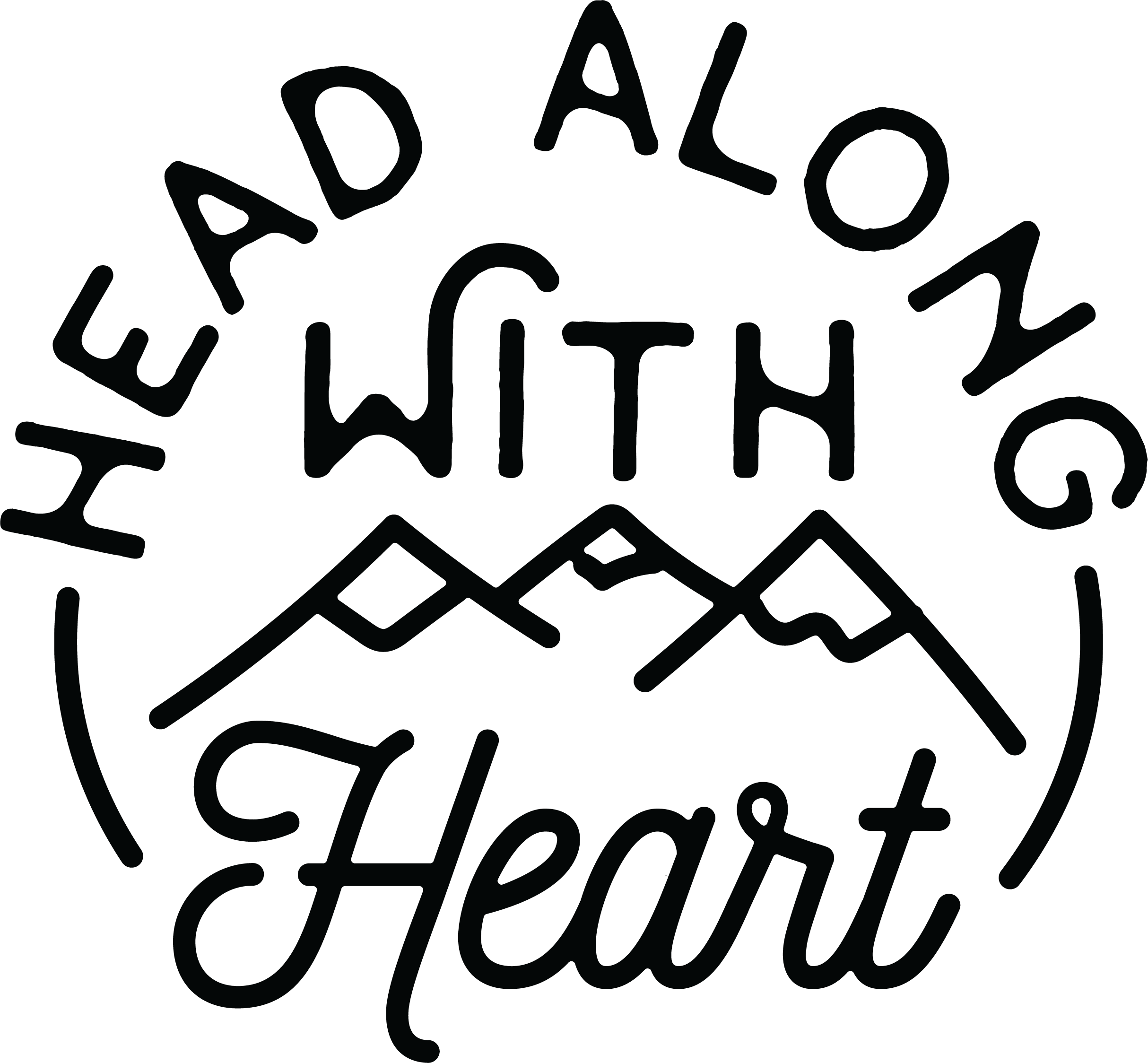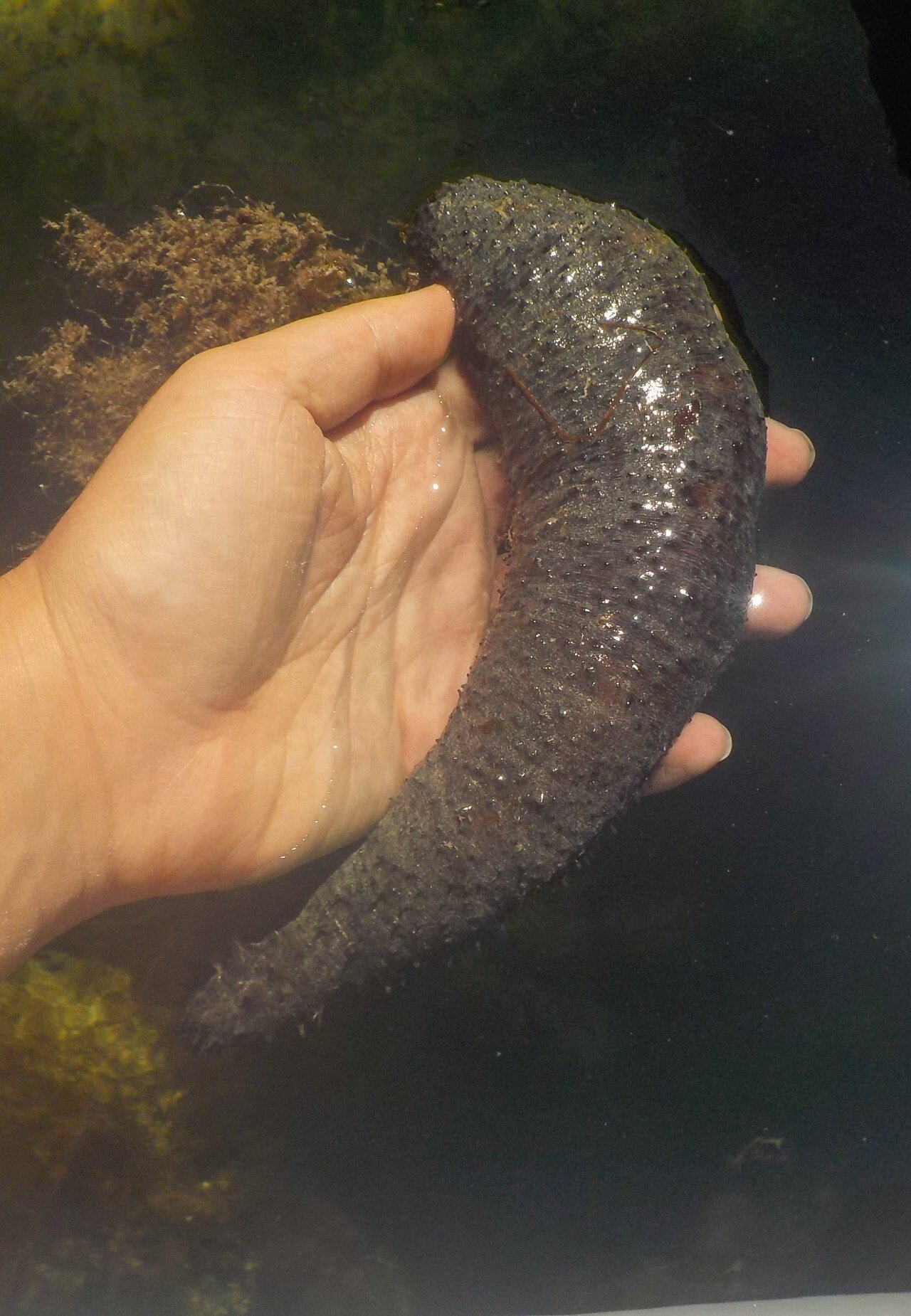Snorkeling and Paddling in Biscayne National Park
For the final chapter of my big Florida adventure, I didn’t have any idea what to expect. Truth be told, I threw myself into researching Everglades and Dry Tortugas and Biscayne National Park was heavily pushed to the side. I was intimidated by the fact that the park is mostly water (only 5% is land, and most of that land is made up of islands…surrounded by water), and so I wasn’t totally sure how to explore it. The national park website guided me to the Biscayne National Park Institute, which partners with the Florida National Parks Association as a guide service for the park. They offer a wide variety of tours and rentals. I considered joining a few of the shorter, less expensive excursions, but ultimately signed up to do a full day tour: stand up paddle boarding in the morning and snorkeling in the afternoon.
After making the reservation, I didn’t give Biscayne National Park another thought until I arrived in the park the morning of the day trip. Booking this tour was absolutely the best decision I could have made in order to experience Biscayne National Park as fully as possible in the short time that I had, and I highly recommend it to any future visitors.
Biscayne National Park is virtually unknown to the masses, and has a visitation that is bolstered by those of us who have made it a mission to visit all the parks, or people taking a “day trip” from their vacations to nearby Miami or the Everglades. I was shocked by how much I loved it.
SHOCKED.
Did you know that this post is part of a series? Click here to read more!
Paddling in Jones Lagoon
My guide and I headed south from Dante Fascell visitor center in a speedboat in the direction of Jones Lagoon. Yep, just me and my guide. The weather was a tiny bit chillier than ideal for getting out on the water, causing the rest of our party to cancel. Even still, I was comfortable in shorts and a sweatshirt. Prior to leaving, I informed the guide that, while I had confidently reserved a SUP and snorkel tour, I had never actually done either of those activities (you can read about my snorkeling attempt in the Dry Tortugas here). Since I was upfront about this, he brought along a kayaking paddle (which has a paddle at both ends instead of just one), and I sat on the board like a kayak. Without this conversation, I would have been miserably trying to succeed at a brand new sport, and would have had less time to focus on the wildlife around me.
Jones Lagoon is a beautiful patch of water nestled between Totten and Old Rhodes Keys. Thick walls of mangroves envelop canals of shallow and clear water. Sheltered from the open ocean but isolated from the human activity of the coast, Jones Lagoon is a paradise for all wild things. We moved peacefully across the calm water, and the guide pointed out sea sponges growing on the mangrove roots. We ducked beneath the jungle of branches (I was already seated, so this was not trouble for me!), and clearly spotted stingrays and small fish gliding beneath us.
My heart gave a flutter when I first laid eyes on a shark—my favorite animal—just feet away. This was my first (and only, so far), time seeing a shark in the wild, and as one of only two humans in this secret, wild space, I felt a surge of gratitude. We kept a respectful distance from nesting areas of roseate spoonbills (among other water birds), which were hunted to near extinction for their pink feathers in the 1800’s. Hunters not only went after the birds themselves, but also torched their nests along the way to keep the plumage in high demand and the spoils for themselves. Luckily this story has a happy ending—the birds were officially protected in the 1940’s and now have a stable population.
I also made friends with some less-pretty-more-gooey ocean dwellers: sea cucumbers and upside down jellyfish! Side note—I shared drinks with some local fisherman a few days prior to this, who told me all about the upside down jellyfish (more scientifically known as cassiopea), and I completely thought they were lying to me. When I came to find out these things were actually real a few days later and I got to TOUCH one, I became disproportionately excited…like, way more excited than someone should ever be about finding out that the water beneath them is full of jellyfish.
Lunch on Elliott Key
Back on the boat, I was presented with a choice: I could ride back to the visitor center to pick up the others, who would be joining us for the afternoon portion of the tour (these people had signed up to snorkel with Biscayne National Park Institute but not paddle); or I could be dropped at Elliott Key, and my guide would pick me up again on the way out to the reef. I was very happy for the opportunity to explore the largest island in the park, so I grabbed my sandwich and hopped off the boat!
A long, six mile hiking trail runs north to south down the center of the island, but I followed a much shorter one from the west shore to the east. The park’s only backcountry campsite is on Elliott Key, complete with picnic tables and a sizable fire ring. I chatted with two campers, who I learned were on study abroad from France and chose to spend their spring break in Miami and a few nights at Biscayne. Enjoying my sandwich (and the view), my mind wandered to a future moment when I would one day hopefully come back and camp in this exact spot.
Snorkeling at a Patch Reef
“Ahoy!” the guide called to me, pulling the boat to the dock at the exact moment I emerged from the trees. There were now six of us on board, which felt slightly cramped in comparison to the morning.
I was the most nervous about this part of the day. I’m a confident swimmer, but have always been a little nervous to try snorkeling. This fear is probably a byproduct of reading too many shark books as a kid. When you’re floating at the surface of the water, a shark can only see your silhouette and is more likely to mistake you for a snack! On top of that, snorkeling goggles restrict your peripheral vision and the snorkel itself makes it possible only to breathe through your mouth…which I very much struggle to do.
For me, snorkeling usually looks like this: I’ll go underwater and immediately try to breathe through my nose. When I’m not able to do this, I’ll get panicky and start taking rapid, shallow breaths. This is followed by me quickly resurfacing and ripping the mask off my face as fast as I can.
So yeah, not something I’m great at.
I voiced my hesitation to the guide, and he gave me a pool noodle—the theory is that I have to focus less on swimming and can pay more attention to my breathing. It worked. I took slow, deep breaths as I floated along the surface of the water, feasting my eyes on colorful fishies and coral about 8 feet below me. It felt almost meditative to work so hard on breathing while being carried by the water. Nevertheless, I made sure to keep my bearings and not float too far from the boat. Being a patch reef, we were out in the middle of the ocean with no land to use as a visual anchor.
At the end of our short hour(ish) in the water, I got back on the boat ready to peruse the fish identification cards and feeling very fulfilled by my first successful attempt at snorkeling.
If I had more time…
It was early evening by the time the boat docked back at the mainland. The visitor center was closed, so I said goodbye to my ninth national park and took myself out for a nice meal. I was very happy with the use of my day and would recommend spending AT LEAST a full day at Biscayne National Park, but you could easily spend a week here.
If I had more time at Biscayne, I would love to come back and kayak out to Elliott Key to camp for a night or two. The trip is about 17 miles round trip, and I would definitely need to work on my paddling skills (and paddling-trip-planning skills, which I’ll go into more detail about when I tell you all about Congaree National Park) before attempting something like that. And I wouldn’t try it alone!
I also would like to visit Boca Chita Key, which is a popular way to spend a day in the park. A ferry runs from the mainland to the island, where you’ll find a lighthouse, campground, and a short hiking trail.
Stiltsville may be one of the quirkier sights at Biscayne, and I would love to see it if I ever have the opportunity. It is situated toward the northern end of the park, pretty close to Miami. The small group of buildings was built out in the water in the mid-1900’s, and only seven have survived hurricanes since then.
Wildlife is Not a Guarantee
I’m sure I’ve said it before but it bears repeating: as a guest in wild areas, you may or may not see wildlife, and it’s not your place to force your presence on an animal. I got super, super lucky here, and I owe it to the fact that I was in Jones Lagoon with such a small group. Generally speaking, the larger your party, the more disruptive you’ll be. I’ve had far less luck in other parks, like Great Smoky Mountains and Wrangell-St. Elias. I try to keep the mindset that getting to see any wildlife at all is a bonus, not a guarantee.
You Won’t See Photos on Social Media
You don’t really see photos of Biscayne National Park on social media. Especially on Instagram, most outdoor accounts revolve around the beauty of western parks and seem to forget about the east coast. Even on the east coast, though, Biscayne sees fewer visitors that the Everglades by half, and most of the park is water. You won’t find the big vistas here that are iconic of the national park system, like those of the Grand Canyon or Yosemite, or even at the Dry Tortugas. My photos from this park leave much to be desired—I had borrowed a waterproof camera from my parents and it died halfway through the day. Biscayne will never be a park where you’ll run into people chasing certain Instagram shots, and that alone was wonderfully refreshing. Of course I love big vistas, but I also loved the removal of that element from this visit. I loved Biscayne National Park for its ability to force me to stay in the moment and refocus on the whole point of national parks in the first place: the continued preservation of the natural world for the enjoyment of future generations.















